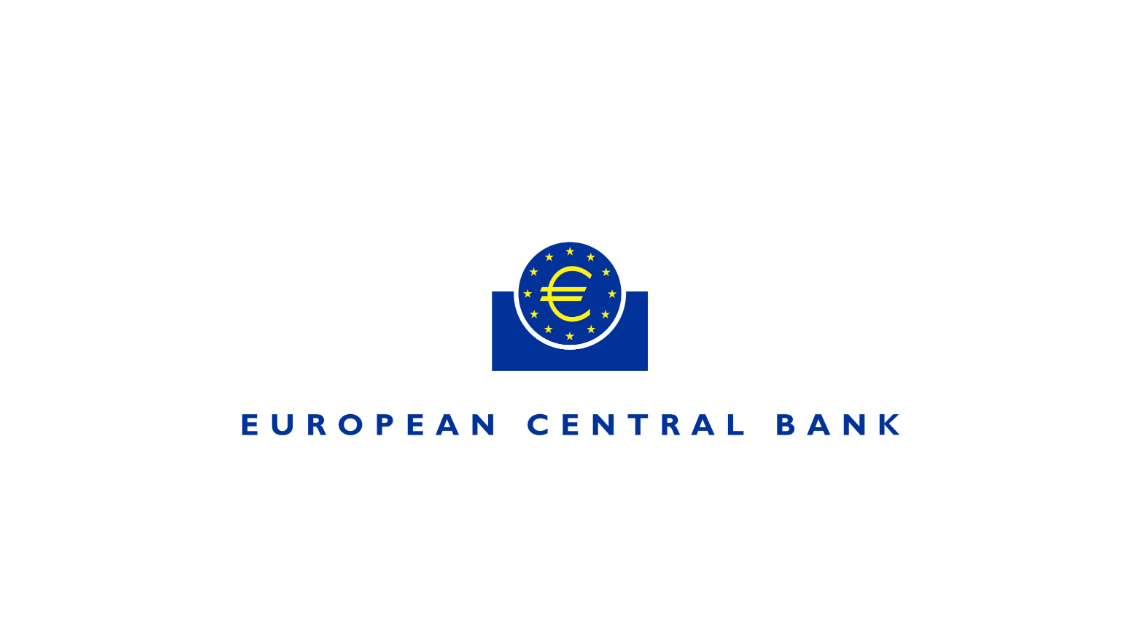Navigating Geopolitical Tensions and Trade Barriers-Part 2
HKTDC Research recently held a webinar on “Successful Global Supply Chain Management in Uncertain Times”, with experts invited to give an overview of the latest developments in international geopolitical tensions and several US trade related issues. Companies were also offered practical solutions to help them comply with trade requirements and mitigate risks.
- Part 2-
Mainland Remains Key Element of Restructured International Supply Chains
Talking about changes in the global supply chains, Xiaofeng Xu, Senior Manager at Sandler, Travis & Rosenberg, Limited, said tariffs the US has imposed on mainland China have big consequences on global supply chains. Since 2018, the US has been levying Section 301 tariffs on US$250 billion worth of goods from mainland China. There are also Section 201 and Section 232 tariffs targeting solar cells/modules and steel/aluminium imports, respectively.
In May 2024, the US announced raising Section 301 tariffs against Chinese imports, most of which became effective in September 2024. In particular, the tariffs on lithium ion batteries, minerals as well as steel and aluminium products from mainland China have been increased to 25%. Tariffs levied on Chinese made semiconductors and solar cells have also been raised to 50% while those on mainland electric vehicles have been hiked from 25% to 100%.
Yet Xu said this did not imply that the mainland manufacturing and export sectors were seriously affected, explaining: “This is because, in response to US tariff policies, many mainland enterprises have relocated their production lines and supply chains to Southeast Asia and Mexico. As a result, mainland products meant for export to the US are now pivoted to Southeast Asia and Mexico for production/value added processes, undergoing substantial transformation in a third country before the final products are exported to the US. This shows that the role of mainland China in the international trade supply chain has changed, but mainland China remains an important participant in the entire international trade operation.”
Section 301 Tariffs – Recent Updates | |||
Heading | Products | Tariff Rate | Effective Date |
1 | Battery parts (non-lithium-ion batteries) | Up from 7.5% to 25% | 27 September 2024 |
2 | Electric vehicles | Up from 25% to 100% | 27 September 2024 |
3 | Face masks / respirators | Up from 0-7.5% to 25%/50% | 27 September 2024 / 1 January 2026 |
4 | Lithium-ion electrical vehicle batteries | Up from 7.5% to 25% | 27 September 2024 |
5 | Lithium-ion non-electrical vehicle batteries | Up from 7.5% to 25% | 1 January 2026 |
6 | Medical gloves | Up from 7.5% to 50%/100% | 1 January 2025 / 1 January 2026 |
7 | Natural graphite | Up from 0 to 25% | 1 January 2026 |
8 | Other critical minerals | Up from 0 to 25% | 27 September 2024 |
9 | Permanent magnets | Up from 0 to 25% | 1 January 2026 |
10 | Semiconductors | Up from 25% to 50% | 1 January 2025 |
11 | Certain ship-to-shore cranes | Up from 0 to 25% | 27 September 2024 |
12 | Solar cells | Up from 25% to 50% | 27 September 2024 |
13 | Steel and aluminium products | Up from 0-7.5% to 25% | 27 September 2024 |
14 | Syringes and needles | Up from 0 to 100% | 27 September 2024 |
Complied by Sandler, Travis & Rosenberg, Limited. | |||
The US is the main export market for mainland cross border e commerce. From January to September this year, mainland cross border e commerce operators have exported RMB1,480 billion worth of goods to the world, 35% of which is destined for the US. Xu explained: “According to the US de minimis exemption rule, an individual can import goods with a retail value of up to US$800 duty free per day. These goods of lower value are exempted from tariffs and other duties and enjoy speedy customs clearance. Last year, 1.07 billion e commerce packages with a total value of US$50 billion were imported into the US in this manner. This year, 4 million e commerce packages are imported into the US every day, and these are mostly coming from mainland e commerce platforms.”
The US government, however, announced earlier that it would end the de minimis exemption for goods subject to Sections 301, 201 and 232 to reduce the import of Chinese goods. As a result, some 70% of mainland textile goods and garment products will be subject to Section 301 duties upon entering the US once the restriction comes into effect. Other export restrictions and sanctions will also impact bilateral trade and investment.


















































First, please LoginComment After ~